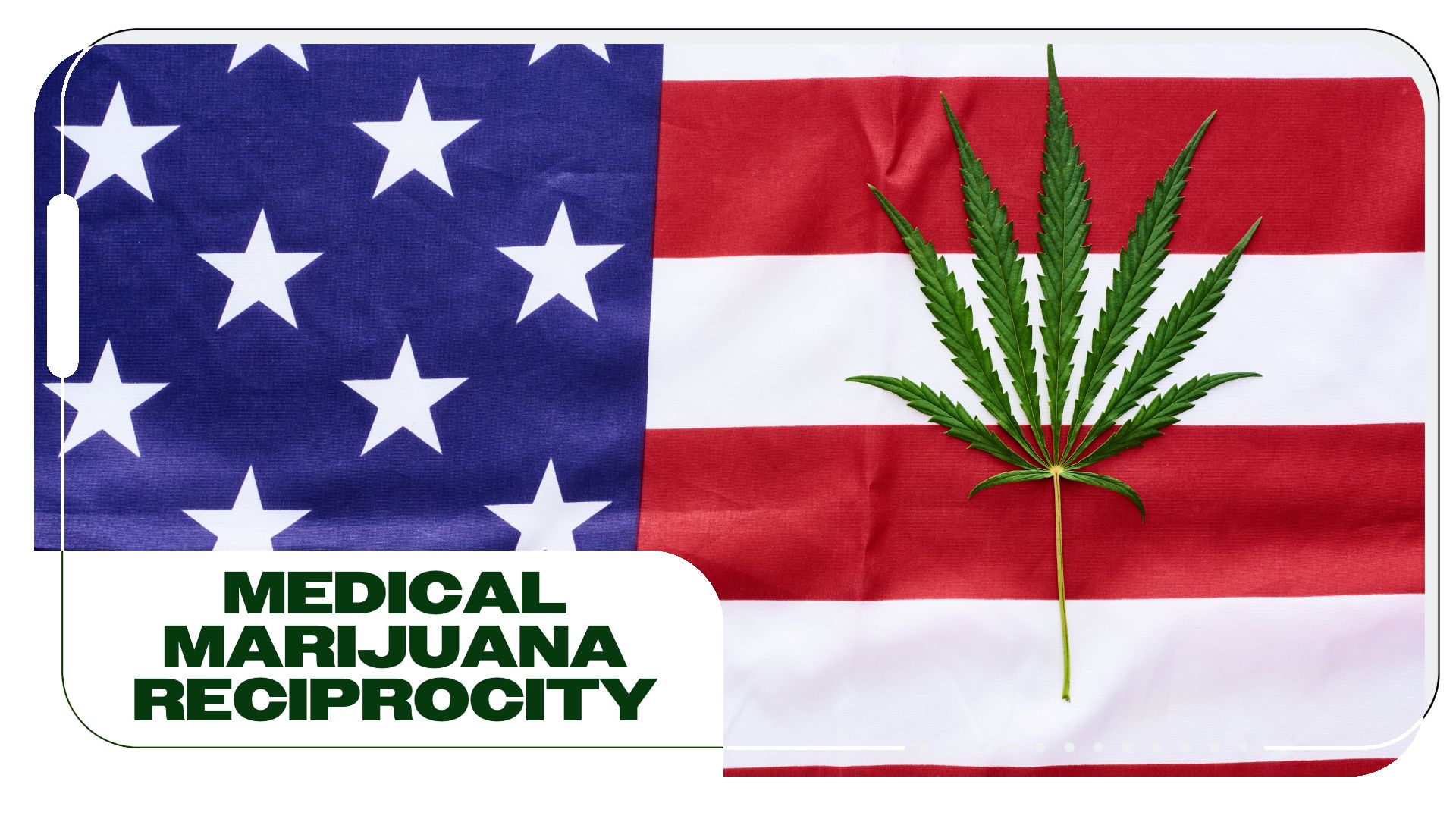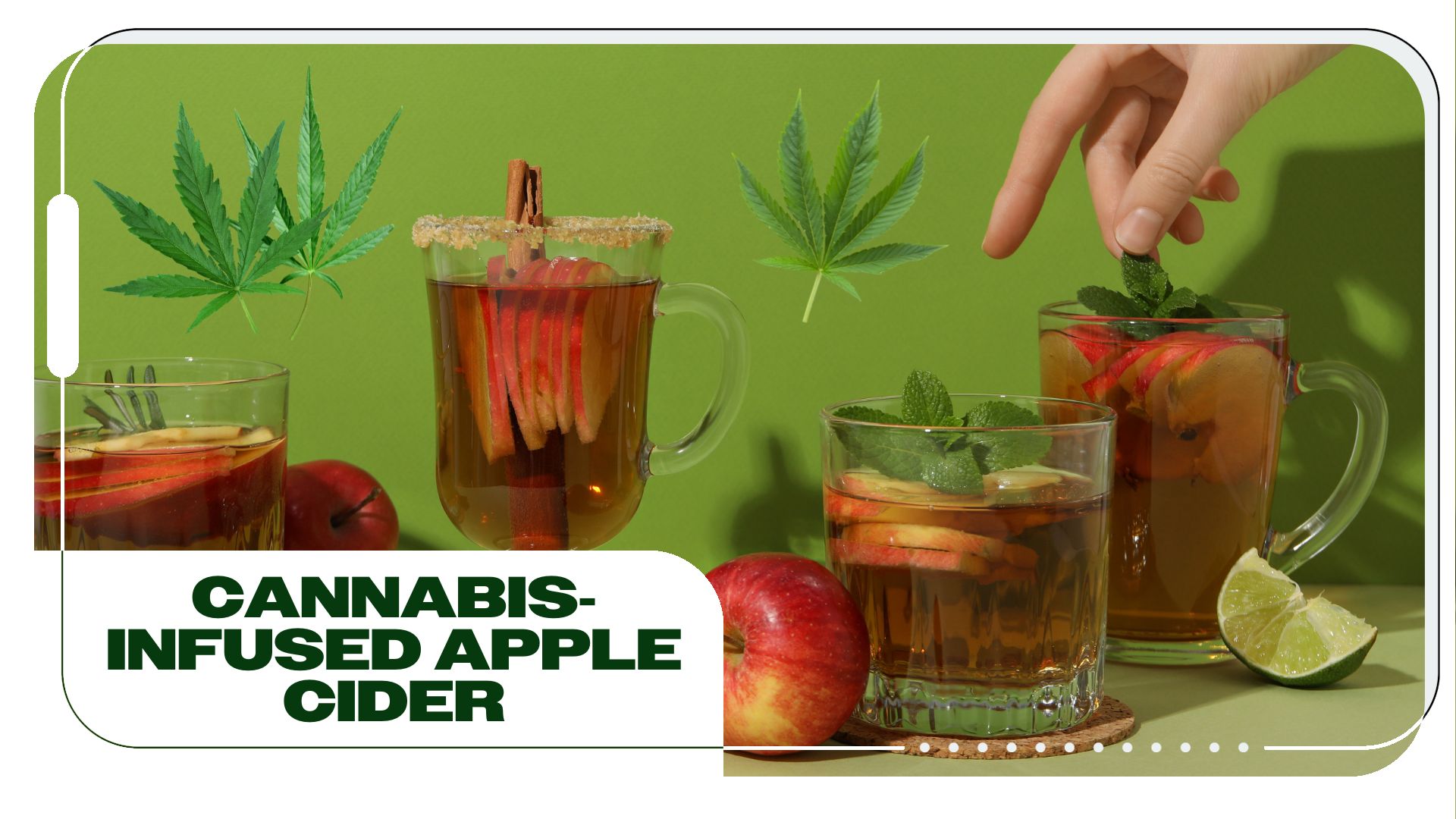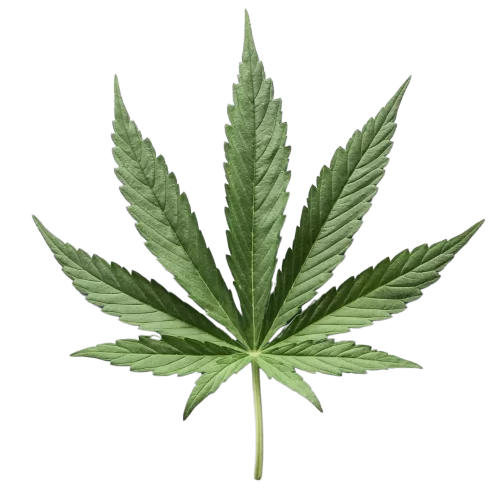Many people use cannabis frequently to treat diseases and conditions, especially those involving pain. Due to such frequent use, it is perfectly normal and natural to develop a tolerance to cannabis. This means that frequent consumers of cannabis eventually need to consume more to feel the same effects as before the development of their tolerance.
In relation to cannabis, tolerance is the brain’s adaptation to the continued presence of psychoactive cannabinoids like THC, but not non-intoxicating cannabinoids like CBD. Consumers of THC-containing cannabis, therefore, become resistant to the effects of cannabis resulting in the consumption of larger amounts. Tolerance increases are not limited to cannabis and include a wide number of substances and stimuli such as caffeine, alcohol, painkillers, and many routine prescription medications. Note the important distinction that developing a tolerance is not the same as having a substance use disorder or addiction.
Tolerance Build-ups Explained
Tolerance build-ups are caused by what is called downregulation and desensitization where the receptors for THC reduce in the brain. It has been proven that frequent users have 20% fewer CB1 receptors than those who do not consume cannabis frequently. CB1 is the receptor that tetrahydrocannabinol (THC) binds with. However, the variety of receptors that cannabis reacts with can be regenerated through the effective use of tolerance breaks.
It only takes two days to four weeks of abstinence to regenerate those receptors. A study has shown that it does not matter how much cannabis you consume; the receptors start to grow back after just two days. However, this study was conducted using males only, and cannabis is widely believed to affect women differently.
THC is known to activate the CB1 receptor, which is what causes euphoria and eventually tolerance in humans. Other cannabinoids, like CBD, do not directly activate the CB1 receptor, which is why they do not cause a high. According to the WHO, CBD does not cause a tolerance effect in humans the same way THC does. Thus, there is no dependence potential with CBD, and in fact, CBD may even reduce the psychoactive rewards and effects of THC. Other minor cannabinoids are still under investigation in this regard.
Taking tolerance breaks and other measures to reduce the tolerance build-up will ensure that you will continue to achieve the same benefits and effects you’re after without increasing your consumption.
Why You Should Get Your Medical Marijuana Card
Veriheal has satisfied millions of patients nationwide by giving them access to these benefits
- Larger purchase limits
- Peace of mind
- Enhanced legal protection
- Access to higher potency strains
- Save up to 25% on cannabis purchases
- Skip the line at the dispensary
Tips on Reducing Tolerance Build-ups
The following are some suggestions for maintaining a comfortable tolerance to cannabis.
- Reduce the frequency and quantity of cannabis by microdosing, an approach that involves consuming very small quantities of THC at a time. This may be easier to achieve by using a dry herb vaporizer, which is not only 10 times more efficient but also a healthier alternative to smoking.
- Examine your current pattern of consumption. This will help you monitor your intake and control the quantity of your intake. Think about improving your pattern of consumption for the most optimal time of consumption to avoid using it too frequently.
- Use a variety of strains. You can build up a tolerance to one strain but not to another. Therefore, it will be beneficial in reducing tolerance to alternate between strains.
- Choose Type II (1:1 THC:CBD) or Type III (CBD-dominant) cannabis chemovars over Type I (THC-dominant).
- Self-management is key. Only consume the minimal amount required for your desired effect. The less you buy, the less you consume, and the more you must ration.
- Try lower-potency strains (less THC %) and avoid cannabis concentrates. If the potency is higher, you will be more likely to develop a tolerance faster.
- Consider meeting with a cannabis coach to review your consumption methods and strategies. They may be able to help you streamline, customize, and trim your approach.
For more information, check out How to Lower Your Cannabis Tolerance
Tips on Taking Effective Tolerance Breaks
If you use cannabis frequently—particularly for recreational purposes—a tolerance break is a great way to reset. Here are some tips for a successful tolerance break:
- Adjust your expectations. Taking a tolerance break can be challenging, as would stopping anything you do daily. Know that taking a break from cannabis entirely may be challenging, and you should expect it and prepare for it.
- Out of sight, out of mind. Keep your stash out of eyesight during tolerance breaks to avoid wanting to interrupt your tolerance break.
- Tell your confidants. To avoid being tempted by friends and family, tell them you are on a tolerance break. It appears to be easier, though still challenging, to say no to yourself, but saying no to your confidants is even more challenging.
- Pick a date for your break to end. It is important that you stay focused. Set a date for yourself and work towards reaching it. Trust us—that first toke on your chosen date in celebration of completing your tolerance break will be much like smoking for the first time, as your receptors have regenerated.
- Consider supplementation with non-intoxicating cannabinoids such as CBD during the daytime to reduce THC cravings while still maintaining daily wellness goals.
- Choose Type II (1:1 THC:CBD) or Type III (CBD-dominant) cannabis chemovars over Type I (THC-dominant).
Suggestions if You Use Cannabis as a Maintenance Medication
For medical cannabis consumers who rely on the plant’s therapeutic properties to manage conditions, tolerance breaks aren’t always ideal. Here are some ways to get the most out of your medicine:
- If you rely on cannabis daily for the management of pain or any other illness and condition, it would be beneficial for you to take two-day breaks every two weeks. For those two days, use CBD-only products if you cannot go without, for example, pain management.
- Change your consumption pattern from larger quantities in one sitting to several smaller quantities throughout the day (microdosing).
- It would be highly beneficial for you to consult your doctor or cannabis coach in producing an effective and appropriate tolerance break plan to ensure that your condition or illness will remain stable and managed.
- Educate yourself. The more you know about the powerful partnership between your body and cannabis, the better you will be able to manage your health, consumption, and tolerance on your own terms.
Always keep the good news in mind: the changes from cannabis to your receptors are reversible through tolerance breaks and effective management of your consumption. Tolerance breaks are important if you find yourself needing to take a larger amount in order to reach the desired effects. They can seem daunting but are very beneficial and rewarding. Happy toking!
Note: The content on this page is for informational purposes only and is not intended to be professional medical advice. Do not attempt to self-diagnose or prescribe treatment based on the information provided. Always consult a physician before making any decision on the treatment of a medical condition.
Author, Share & Comments








